Wolfgang Lindner: Reflections on a Career with a Chiral Center
LCGC North America
Professor Wolfgang Lindner spoke to LCGC Editorial Advisory Board member Kevin A. Schug about his inspiring and influential career in chromatography.
Professor Wolfgang Lindner spoke to LCGC Editorial Advisory Board member Kevin A. Schug about his inspiring and influential career in chromatography.
Schug: When did you first discover chromatography and why did you remain in this field?Lindner: Between 1969 and 1972, I carried out my PhD research in chemistry at the Institute of Organic Chemistry, University of Graz, Austria. It had an interdisciplinary focus bridging organic chemistry with analytics, with gas chromatography (GC) the method of choice.
The PhD work dealt with the synthesis of highly reactive small molecules such as ketene and carbon suboxide, and followed the reaction kinetics with other molecules. These reactive species and the products of pyrolysis reactions could be produced in the injection block of the GC system. Finally, the analytical part dealt with their identification in cigarette smoke using GC and GC coupled to mass spectrometry (MS).
I became fascinated by the power of chromatography and the possibility of monitoring the reaction kinetics of highly reactive compounds and identifying them in very complex samples like cigarette smoke. The project actually also dealt with the performance of cigarette filters.
Schug: Which separations scientists have inspired you most and why?Lindner: In the late 1960s, although at that time still working mainly with packed GC columns and the beginning of capillary columns (glass and steel), GC had matured to a high level. I soon realized during my PhD work the diverse limitations of GC and the great potential of liquid chromatography (LC). For GC, it was my supervisor Professor Heinz Binder (Graz) and Professor Conny Grob from ETH Zurich who inspired me most. In LC, it was the late Professor J.F.K. Huber who inspired me during a GDCh course on high performance liquid chromatography (HPLC), which I took part in 1973 in Essen, Germany.
After I completed my PhD in chemistry in 1972 I moved to the Institute of Pharmaceutical Chemistry in Graz where I ordered one of the first HPLC instruments from Hewlett-Packard (who bought Hupe and Bush) in 1973.
For many years I worked in parallel with GC (and even preparative GC) and LC, so I grew up in both worlds. It was later that HPLC became my main passion when I realized the enormous potential of liquid-phase separation science because of the “selectivity” options driven by the great variability of the mobile-phase and stationary-phase characteristics. In essence LC pinpoints the more chemistry-oriented part of separation sciences, aside from the more physico-chemistry related fundamentals describing the separation process.
In 1973, I made my first stagiare at Sandoz (now Novartis) in Basel, Switzerland, in the late Professor Roland Frei’s department. This personal contact and friendship was highly influential to me and my further career in academia.
During that time I also met Fritz Erni. We have been good friends ever since then, sharing for more than 40 years the rapid and continuous success of HPLC as a technology with enormous impact in natural sciences. Again, it was the almost unlimited potential of HPLC in the field of pharmaceutical sciences that fascinated me. We were able to solve analytical problems that had not been feasible to approach before.
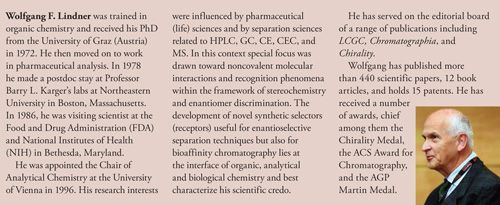
In 1977, I participated for the first time in an HPLC meeting chaired by Joseph Huber that took place in Salzburg, Austria. There I met many of the gurus of HPLC-including Barry Karger, Jack Kirkland, John Knox, Georges Guiochon, Csaba Horvath, Cal Giddings, and Istvan Halasz-as they presented their latest research results and enthusiastically discussed scientific arguments.
One late night while at the bar of the conference hotel I decided to ask Professor Karger if he would accept me as a post-doc in his laboratory in Boston. This idea was seconded by my two mentors Roland Frei (Basel, Switzerland) and Göran Schill (Uppsala, Sweden). Barry Karger agreed and from 1978 to 1979 I stayed in Boston with my family. It was a fantastic year for all of us and the start of my career as an HPLC specialist and the beginning of a life-long friendship with Barry.
In Boston, still at the beginning of my academic career, I started to work in the challenging field of chromatographic enantiomer separations, both in theory and in practice. My background in organic chemistry helped me significantly to dig deeper and to develop novel enantioselective chiral stationary phases. At the same time I worked with other stereoselective separation methods and approached the field as broadly as possible. Trying to understand the underlying stereoselective molecular recognition principles in all its various facets has marked my academic life up until the present day. Along the way I was able to file several patents, and some of the developments were licensed and led to commercialized products. It is an interesting way of being rewarded and having your work recognized
a good feeling.
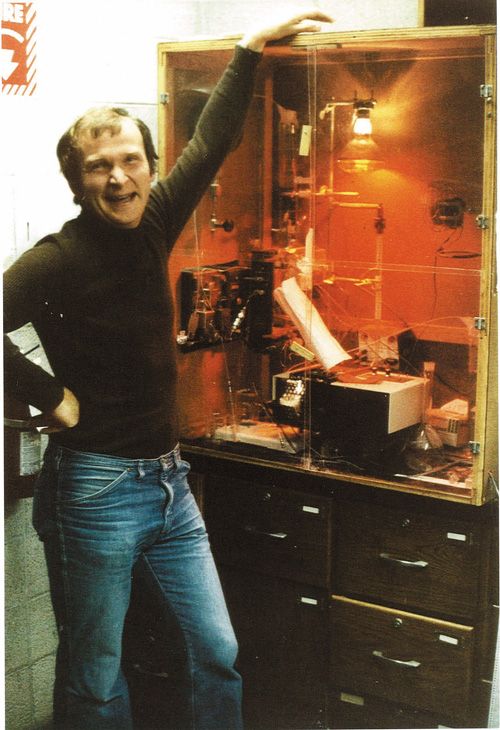
Schug: What do you regard as your biggest breakthrough in your research career? And your biggest mistake?Lindner: On the question “which was my biggest mistake” I have no answer as in chemistry we all have to make many “mistakes” along the way of making a “break through.” Actually, I am satisfied with my way of life, both in business and personally; ups and downs have to be faced everywhere and need to be overcome. Those who learn to deal with them and who learn quickly from the downs will be on the winning side at the end of the road.
Schug: You have worked in both industry and academic laboratories. What are the pros and cons of each?
Lindner: In academia, the challenges are certainly different than in industry, where the achievements of the pre-set goals, the deadlines, and the productivity (results per time unit) count the most. In academia my goal was always to maintain a high level of research and education and to stimulate research as part of the education program.
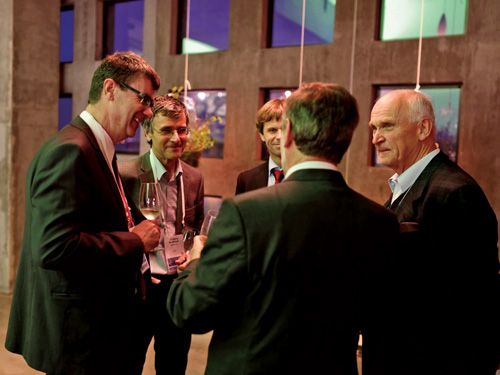
Students need to find their individual limits and learn to deal with them; once they have learned to handle them in the course of a PhD project they become “fit for the business life.” On this basis, I have had fantastic teams of students and coworkers over the years, and I am in contact with most of them-even my first PhD students who finished in 1977! The research and the personal touch does not make it an easy-going lifestyle, but at the end it is highly rewarding.
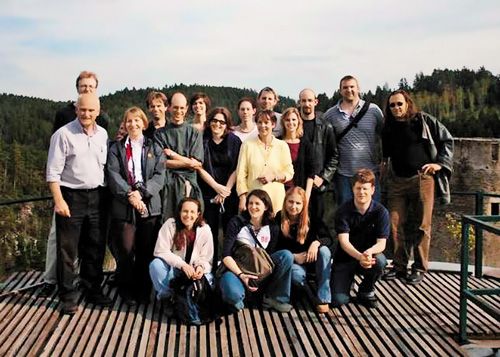
The academia career was the right choice for me because of the enormous amount of freedom to follow research-driven ideas. This is risky because one can easily get lost, with the result that projects don’t always get finished! But on the other hand, moments of inspiration can be followed, which would not be possible in industry.
To be successful in academia, which is nowadays judged by the number of publications, the number of patents, the amount of money raised via research grants, and the number of PhD students you assisted, requires the personality of an entrepreneur. One needs to be self-driven and constantly dedicated. It is not so very different to be the founder of a start-up company, the only fundamental difference is that if you fail in academia you may not face unemployment so quickly and you can more easily argue that the university did not provide you with the adequate financial support and research environment. In all honesty, this reflects the old days of academia as an academic career is now at least as tough as working in industry, as the fight for research money has become very challenging. Not to mention the demands on flexibility in all aspects has become even more pressing.
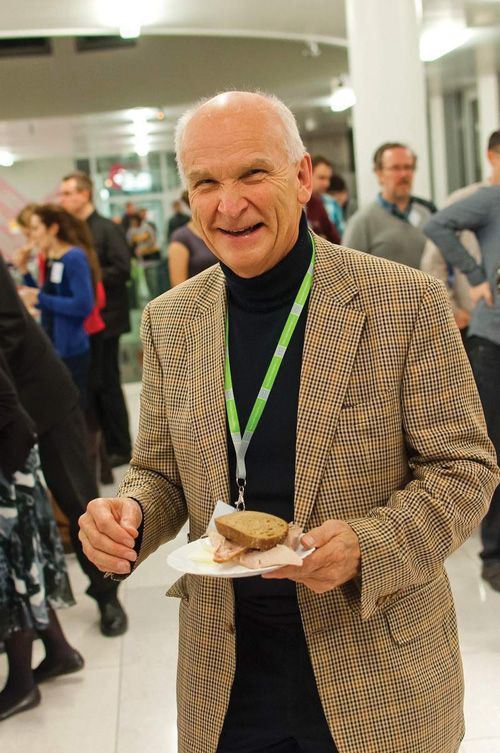
Schug:You were part of the Christian Doppler Laboratory for Molecular Recognition Materials in the Department of Analytical Chemistry and Food Chemistry at the University of Vienna. Can you tell us the origination of this center?
Lindner: In order to bridge the academically funded research, I also had to involve myself in industry-related research and development and therefore follow the concept of innovation
It was actually not too difficult for me to find industry partners during my university career. In this context I was able to found
inter alia with my coworker Michael Lämmerhofer (now at the University of Tübingen, Germany) the Christian Doppler Laboratory for Molecular Recognition Materials, based within the University of Vienna.
More than seven years of financial support came from the European industry partners and from the Ministry of Economics of Austria, and it was a very successful model of applied research funds established in Austria and led by the Christian-Doppler-Society (CDG).
Schug: What areas of separation science are you focusing on at the moment?
Lindner: Over the years I have been active mainly in the areas of GC, LC, capillary electrophoresis (CE), and capillary electrochromatography (CEC), but we also used separation technologies with membranes and crystallization concepts. Hyphenation of GC and LC with MS has become a standard tool over the past 20 years.
We worked on the separation and analysis of small molecules, but also on large ones such as proteins and antibodies. For all these fields we developed dedicated separation materials (stationary phases) and methods. We even tackled the analysis of very large molecules with molecular masses over 1 MDa, such as DNA-type analytes.
These results contributed to one of the highlights of our research and was recognized even by biochemists; it documents the potential of working on the interface of different fields and the impact of separation sciences. The development of various novel chiral stationary phases to separate stereoisomers belongs to our core activities. In this context, the chiral ion-exchange type materials are widely known as so-called “Lindner phases.” Of course, dedicated sample preparation concepts, including the use of gold nanoparticles, needed to be integrated into our strategies as part of the total analysis.
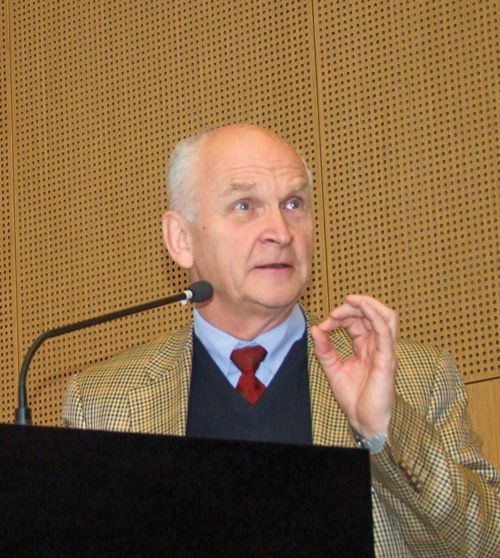
Central to all our work has been the involvement of organic chemistry-whether it was for the dedicated synthesis of chiral selectors, or for the development of derivatization (tagging) concepts of analytes to improve their detectability by MS, including their fragmentation profile in MS, or improving the chromatographic selectivity profile of the analytes in question. This can be summarized with the credo of molecular recognition concepts in separation sciences and with the development of separation materials where such principles are in force.
In a way, this focus has been with me all my life and it is based on my passion for organic chemistry. Every compound has a unique physicochemical property (size, polarity, shape, functional groups, and so on). These unique characteristics and the fact that when a compound comes into contact with a molecular partner, as for example, the solvents of the mobile phases or the ligands of stationary phases, is the basis for the almost unlimited selectivity space and its tuning in liquid-phase separation techniques.
Schug: Is there an area of separation science you would like to have been involved in but didn’t have the chance (or funding!) to do? What areas of separation science do you think are exciting outside your area of expertise?
Lindner: I would have loved to work more with MS techniques, both in theory and in practice; this includes their use as fast separation tools. Modern ion mobility MS in particular has interested me. The underlying fragmentation pattern in MS relates directly to selectivity issues based on the compound’s property. It is particularly visible in the various “omics” type research fields where hyphenated LC–MS technologies are the gold standard. Good analytical data are the basis for good science. Understanding of the analytical question, of the analytes, of the matrices, of the separation systems, and of the detection technology are in summary the demands on the qualified analytical chemist.
Schug: How do you see chromatography evolving and what are its limits?
Lindner: Chromatography has developed to a core technology in analytical sciences, in omics-related biosciences, in food chemistry, environmental chemistry, and forensic chemistry. It is also important in purification sciences, whether it deals with biomolecules or with natural products or synthetic compounds. Preparative chromatography from the milligram to the multi-ton range became indispensable in an industrial environment. The trend toward miniaturization and capillary technology will remain; it is not the chromatographic technology that is challenging per se, it is more the engineering aspect. Very small volumes and highly sensitive detection systems with (ultra) high pressure are challenges to be mastered.
To a certain degree, supercritical fluid chromatography (SFC) will re-evolve, at least for the platforms of compound purification scenarios.
I don’t see clear limits for LC. Its fundamental advantage relates to the chemical selectivity tuning based on the inherently occurring intermolecular interaction principles between selectands (analytes) and selectors (ligands) of stationary phase and of an adsorption material, respectively. Partition type chromatography will remain, with the potential for further advancements.
Schug: What major challenges should the younger generation of scientists work on?
Lindner: This question cannot be answered very easily. Just to pick out one aspect though, there are clear challenges in bioscience analytics and attempting to emulate the biological world with the underlying chemical world, which will be tightly connected to technological and methodological advances of the analytical sciences. To deconvolute the chemical complexity of biological systems is a striking challenge. This includes medicinal chemistry, where in essence diagnosis is an analytical tool. To generate unbiased analysis data of biomarkers and disease markers is strongly connected to the establishment of laboratories with a high level of analytical competence.
In industry, a high demand for well educated chromatographers will remain. They should be able to play the keyboard of methodologies to adequately tackle the analytical questions being raised.
Schug: What advice do you have for aspiring chromatographers?
Lindner: Chromatographers and analytical chemists should be more confident of the key role they fullfill not just in industry but also in biochemistry- and medicinal chemistry-oriented sciences. If the analytical data are not valid, the projects will suffer substantially. Analytical scientists should be considered as equal partners in a team and should not be seen only as service units.
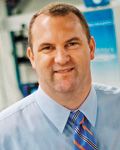
Kevin A. Schugreceived his PhD in chemistry from Virginia Tech in 2002, performed postdoctoral research at the University of Vienna (2003–2005), and is currently associate professor and Shimadzu Distinguished Professor of Analytical Chemistry in the Department of Chemistry and Biochemistry at The University of Texas at Arlington. Research in the Schug lab spans the fundamentals and applications of separation science, primarily in conjunction with mass spectrometry detection. A heavy focus is on the development of ultratrace methods for deconvoluting and determining mixtures of bioactive small molecules. Schug was the recipient of the 2009 LCGC Emerging Leader in Chromatography Award, an NSF CAREER award, the 2013 ACS Young Investigator in Separation Science Award, and the 2014 University of Texas System Regents’ Outstanding Teaching Award. Schug credits his research and teaching principles to his previous mentors, Professor Harold M. McNair and Professor Wolfgang Lindner. He currently manages a group of 20 researchers at U.T. Arlington.This interview has been edited for length and clarity. It was originally published in LCGC Europe in October 2014.

Characterizing Plant Polysaccharides Using Size-Exclusion Chromatography
April 4th 2025With green chemistry becoming more standardized, Leena Pitkänen of Aalto University analyzed how useful size-exclusion chromatography (SEC) and asymmetric flow field-flow fractionation (AF4) could be in characterizing plant polysaccharides.
Investigating the Protective Effects of Frankincense Oil on Wound Healing with GC–MS
April 2nd 2025Frankincense essential oil is known for its anti-inflammatory, antioxidant, and therapeutic properties. A recent study investigated the protective effects of the oil in an excision wound model in rats, focusing on oxidative stress reduction, inflammatory cytokine modulation, and caspase-3 regulation; chemical composition of the oil was analyzed using gas chromatography–mass spectrometry (GC–MS).












